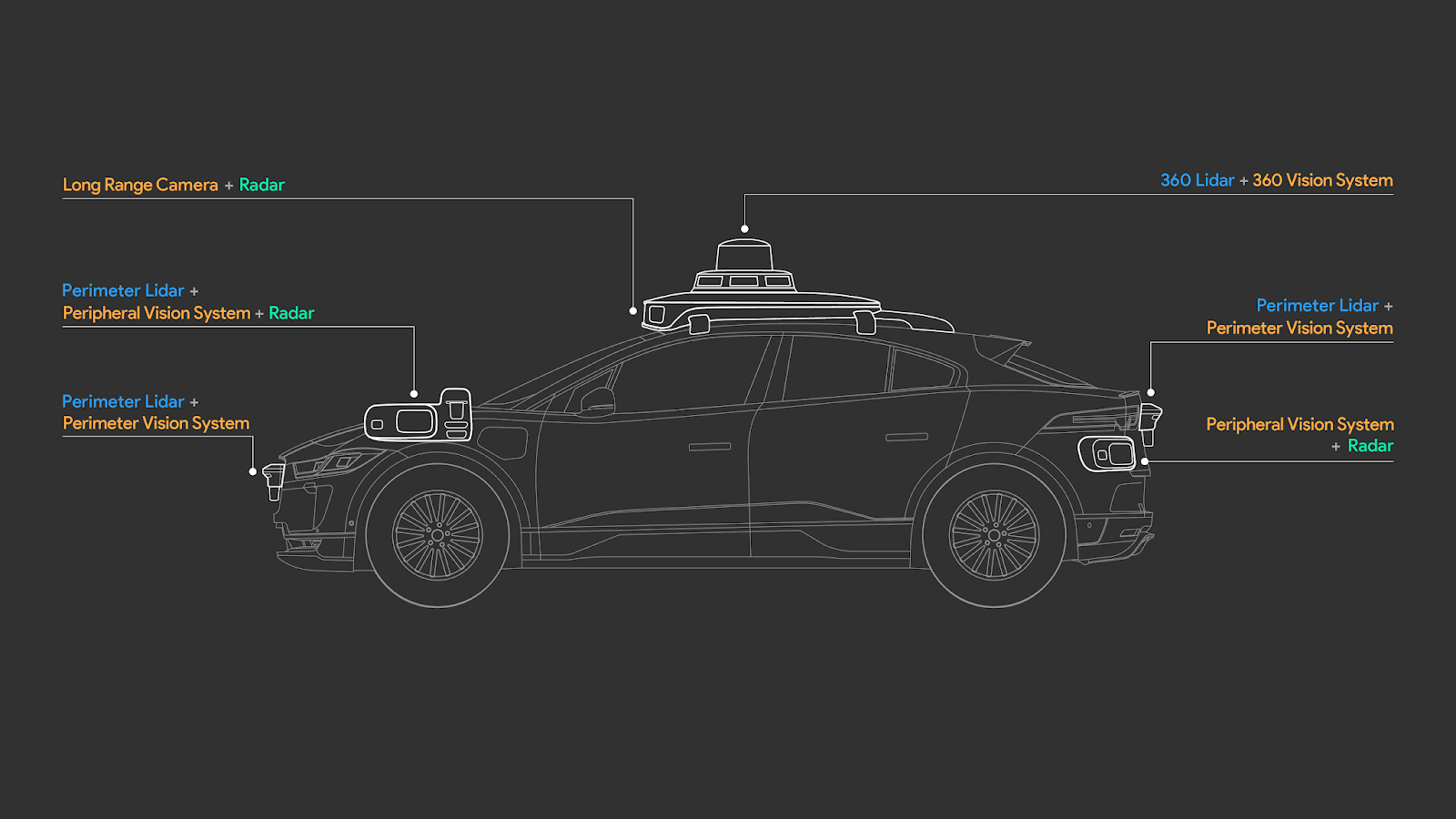The Model S then came out 4 years later in 2012 at half the price and still with 200+ miles of range. The others didn't get to that until 4 years after the Model S with the Chevy Bolt in late 2016 (which sold at compliance car volumes, volumes which Model 3 immediately smashed when it came out shortly after). The rest didn't come until a whopping 7 years later in 2019 (with cars like the iPace, e-Tron, 60kWh Leaf, Kona). But the focus on that comment is more on the tech: they used the cheapest/simplest battery tech available and got to a workable solution first, rather than using more advanced/expensive battery tech like others that came out years later.
And to extend this, they took what they learned in working with commodity cylindrical cells to extend to 2170s and then now to 4860s. We may see the same thing here, that they take what they learn with using relatively cheap camera sensors and extend to more advanced ones. But first the immediate goal is to get to a workable solution first.



